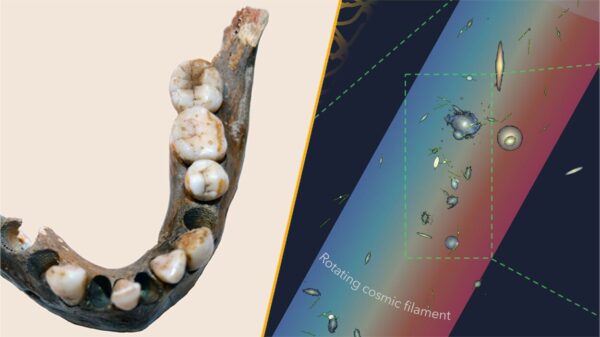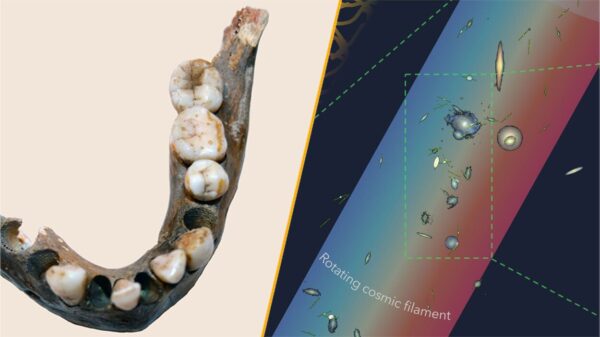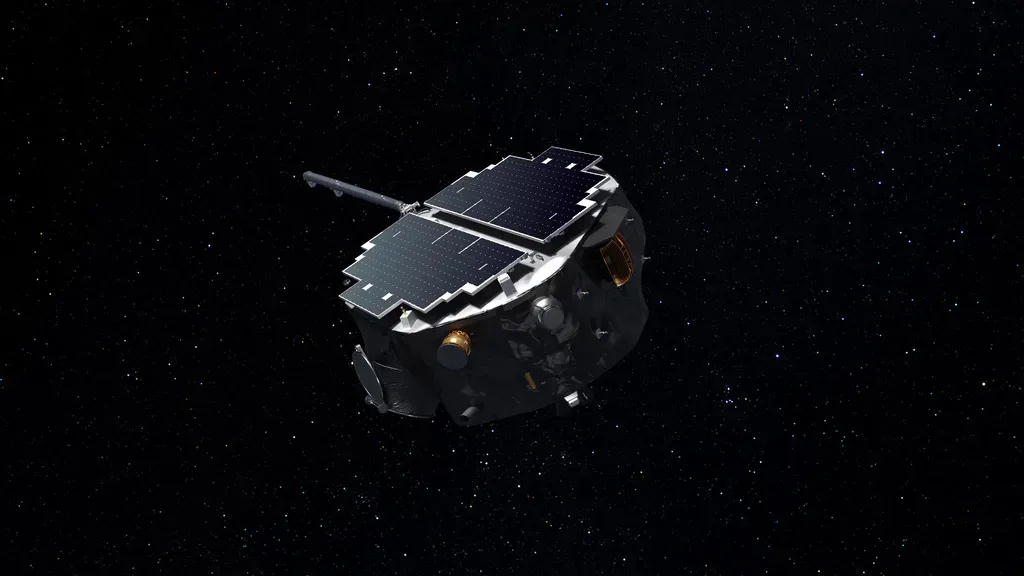SpaceX is preparing for a significant launch on September 23, 2023, as it aims to send three spacecraft into space for a pioneering mission to explore the solar system’s boundaries. The launch will take place at 7:32 a.m. EDT (1132 GMT) from Launch Complex-39A at NASA’s Kennedy Space Center in Florida. The payload includes NASA’s Interstellar Mapping and Acceleration Probe (IMAP), the National Oceanic and Atmospheric Administration’s (NOAA) Space Weather Follow-on (SWFO-L1) satellite, and NASA’s Carruthers Geocorona Observatory.
The trio of satellites is headed for the Earth-sun Lagrange Point-1 (L1), a stable orbital position located approximately 930,000 miles (1.5 million kilometers) from Earth. Each spacecraft has distinct objectives, yet together they will enhance our understanding of the Earth-sun relationship. IMAP, notably, is the first spacecraft dedicated to mapping the heliosphere’s outer boundary, a vast magnetic bubble shaped by solar wind.
IMAP is equipped with ten instruments developed by teams across the United States, with contributions from 27 international partners. These instruments will measure solar wind, interstellar dust, and charged particles, while continuously monitoring solar weather. This groundbreaking mission will allow IMAP and its companions to observe solar activity from their vantage point at L1, providing between 30 minutes to an hour of advance warning for radiation storms that could impact Earth.
Such warnings are crucial for astronaut missions beyond low Earth orbit (LEO), which lack the radiation protection offered by Earth’s magnetosphere. NASA is actively working on two notable missions: the Artemis 2 flight around the Moon in 2026 and the Artemis 3 lunar landing mission in 2027. According to Nicky Fox, associate administrator of NASA’s Science Mission Directorate, “IMAP will provide warnings beginning with Artemis 2 and Artemis 3 of incoming harmful radiation storms faster than any other spacecraft has done before.”
The mission’s principal investigator, David McComas, stated that IMAP’s data “will help us better understand the fundamental physics of the heliosphere” and its role in protecting Earth and space travelers from cosmic rays.
Joining IMAP, NOAA’s SWFO-L1 will serve as a dedicated solar alert system, monitoring space weather and energetic particles in real-time. The data collected by SWFO-L1 will be integrated into NOAA’s forecasting models, aiding in the protection of satellites, communication systems, and power grids from geomagnetic storms.
NASA’s Carruthers Geocorona Observatory, formerly known as the Global Lyman-alpha Imagers of the Dynamic Exosphere (GLIDE), focuses on studying Earth’s exosphere, a delicate atmospheric layer that extends nearly halfway to the Moon. Principal investigator Lara Waldrop noted, “We actually don’t know exactly how big it is. We don’t know whether it’s spherical or oval, how much it changes over time, or even the density of its constituent hydrogen atoms.”
The mission’s findings are anticipated to significantly enhance scientists’ understanding of the exosphere’s role in Earth’s response to geomagnetic storms. Since L1 is situated outside the exosphere, it offers a unique perspective for mission operators to measure this atmospheric layer from an external viewpoint. These insights will also contribute to our understanding of how atomic hydrogen escapes Earth’s gravity, which is vital for models of planetary evolution and the search for habitable exoplanets.
As the launch date approaches, the scientific community eagerly anticipates the wealth of knowledge that this mission will bring, shedding light on both our solar system and the broader cosmos.





































































